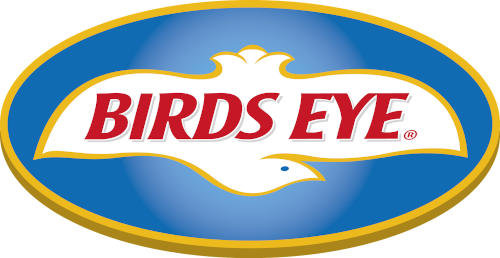WASECA — Improvements to the city’s wastewater treatment facility, estimated to cost $17 million, moved one step closer to reality Tuesday evening when a 60 percent sewer rate increase was approved.
Two weeks ago the Waseca City Council approved a 5.5 percent electric service rate increase. At Tuesday’s council meeting, a 60 percent increase in the sewer service rate was approved by a 6-1 vote.
Councilman John Clemons was the lone vote against the increase.
“I was in the minority and I will support [the majority vote],” he said.
However, Clemons does not like the 70/30 percent formula used to fund the wastewater facility: 30 percent of the debt will come through the tax levy and 70 percent will come through sewer user fees.
Clemons said if the split had been heavier on the tax side, other budget items could have been adjusted downward to compensate for the tax.
“It’s too heavy on user fees and not enough on taxes,” he said.
For Teresa Walters, city finance director, the challenge was making the 70 percent coming from user fees equitable.
Walters created a spread sheet for the city’s 4,000 customers, working with the fixed and variable rates to create enough income to pay the annual debt.
The 70 percent is also split between fixed and variable rates — 35 percent fixed and 65 percent variable for small and medium meter customers and 50/50 for the city’s largest consumer, the Federal Correctional Institute.
For small and medium customers, the rate increase is from $10.56 in 2008 to $17.06 in 2009 plus $4.77 per 100 cubic feet of water consumption.
Sewer charges are based on average water consumption for residential customers from October to April. Commercial and industrial customer charges are based on actual monthly sewer water consumption.
“I think it’s going to work pretty nice,” Walters said. Customers will have the same fixed rate with a variable added to get to a 60 percent overall increase, she said.
The rate adjustment is effective with bills due March 15, 2009.
The next step for the city, according to Walters, is to apply for the Public Financing Authority loan estimated to be $16,444,207. Another $736,000 is coming from a state grant for phosphorus treatment and does not have to be repaid.
She said the Waseca project is already number one on the PFA’s list for a 3 percent loan.
The annual debt payment on the loan is estimated to be $1,105,309; in addition to the $782,204 coming from the sewer fund increase, $323,105 would be collected through taxes.
The remaining $123,166 of the sewer fund increase would go towards professional services, Minnesota Pollution Control Agency costs for landfill issues, soil borings, acquisition of land from Birds’ Eye Foods, and other related costs, she said.
City Manager Crystal Prentice is also sending letters to Minnesota senators and representatives to tell them about Waseca’s project, which could be eligible for a federal stimulus package project, Walters said.
Construction is scheduled to begin next summer.
Walters hopes the larger utility bills do not come as a big surprise for utility customers because the city has been talking about the increases for a long time.
“It’s been out there; we have written about it in the city newsletter and we had a public hearing,” she said.

